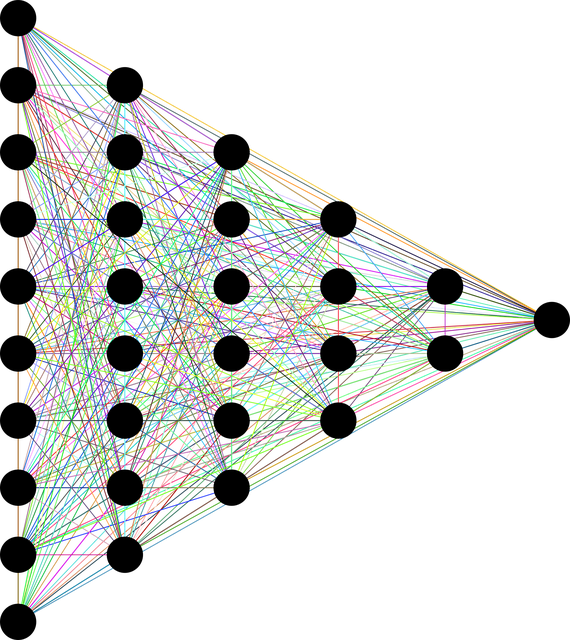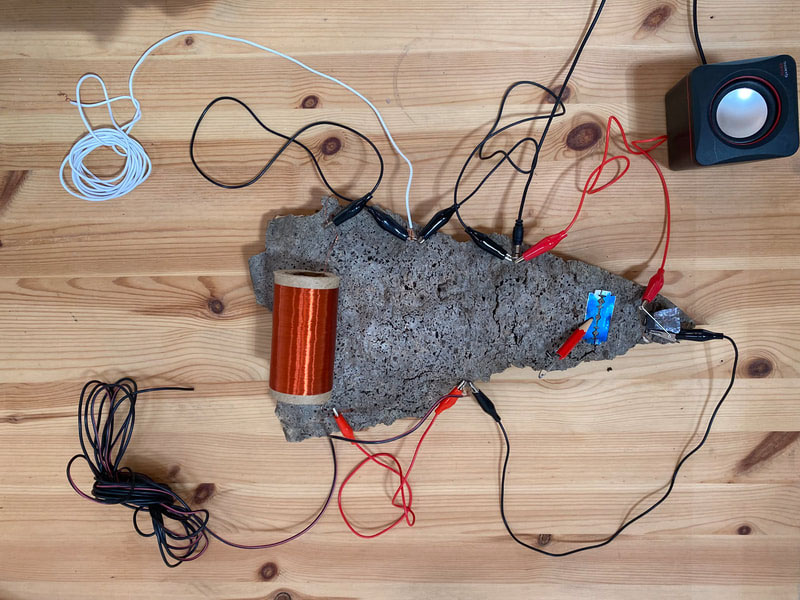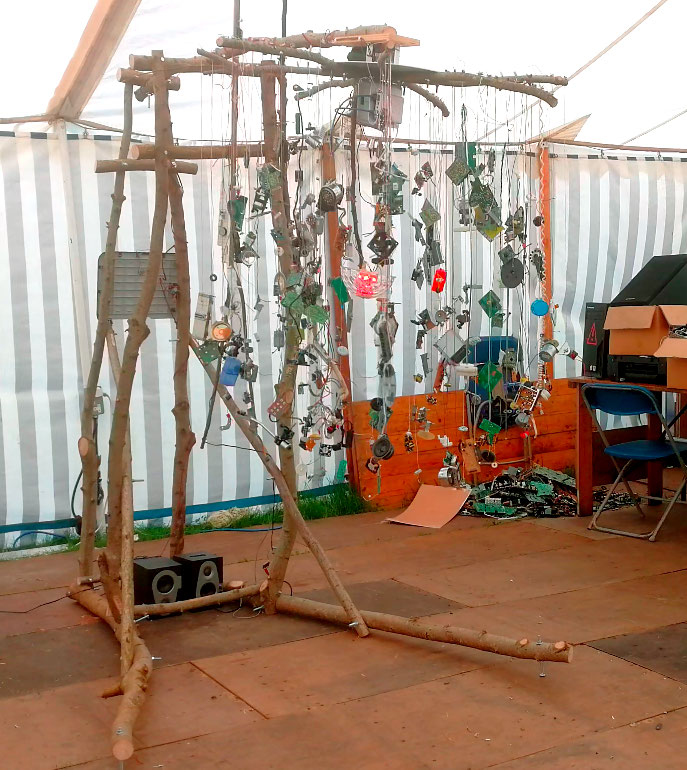Messaging with lights in a not internet era!
Saturday November 19th 10:00 to 13:00
Duration: 3 hours.
Age: 8-18 years old.
Place: KUNSTSKOLEN I BERGEN,
Marken 37 i Bergen sentrum, Bergen City
Gratis verksted for barn/unge i alderen 8-18 år for påmelding: piksel22(at)piksel(dot)no
Piksel KidZ Lab is supported by Bergen Kommune and Vestland Fylkeskommune and Fana Sparebank.
What would happen if we no longer had the internet or mobile phones? How would we send messages to each other? Drawing inspiration from insects and ancient forms of signalling using light, we will learn in this workshop how to create our own blinking firefly lanterns for wirelessly transmitting messages.
Sarah Grant (US)
Sarah Grant is an American artist and professor of new media based in Berlin at the Weise7 studio. Her teaching and art practice engages with the electromagnetic spectrum and computer networks as artistic material, social habitat, and political landscape. She holds a Bachelors of Arts in Fine Art from UC Davis and a Masters in Media Arts from New York University’s Interactive Telecommunications Program. Since 2015, she has organized the Radical Networks conference in New York and Berlin, a community event and arts festival for critical investigations and creative experiments in telecommunications.







